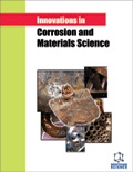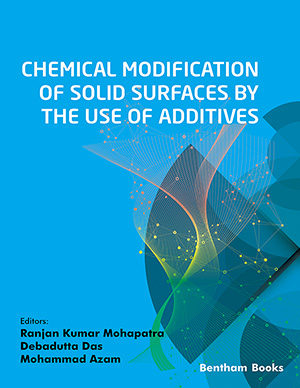Abstract
Background: Corrosion of carbon steel in ocean water is dependent on several parameters, such as, chemistry of seawater, temperature, and pH. Its chemistry is also not fixed but varies from one geographical location to another as well as along the depth from surface to sea bed. The fact causes unpredictable corrosion failures of marine steel structure that leads to economic losses, oil spilling, environment pollution and accidents. This is because; corrosion mechanisms are complex with high degrees of interaction among the corrosion species, products and metallurgies.
Methods: For better understanding of the mechanisms of the effects of co existences of these parameters and prediction of the unpredictable life of the structures, ANN model was developed using 170 sets of experimental data, varying the corrosion influencing parameters SO4 2-, Cl-, HCO3 -,CO3 2-, CO2, O2, pH and temperature as input and the corrosion current as output. About 60% of experimental data were used to train the model, 20% for testing and 20% for validation. The model was developed by programming in Matlab.
Results: 80% of the validated data could predict the corrosion rate correctly. Corrosion rates predicted by the ANN model are displayed in 3D graphics which show many interesting phenomenon of the conjoint effects of multiple variables that might throw new ideas of mitigation of corrosion by simply modifying the chemistry of the constituents. The model could predict the corrosion rates of some real systems.
Conclusion: It can be summarized that corrosion of carbon steel in aqueous marine environment is strongly influenced by various anions present in sea water, pH and temperature. The conjoint effect of two or more parameters jointly shows interesting phenomenon that even with high Cl- content the corrosion rates can be lower in the presence of high concentration of carbonate and sulfate.
Keywords: Modeling Corrosion; Neural Network; Seawater chemistry; Carbon steel, Prediction Corrosion rate, Matlab programming.
 45
45 2
2





